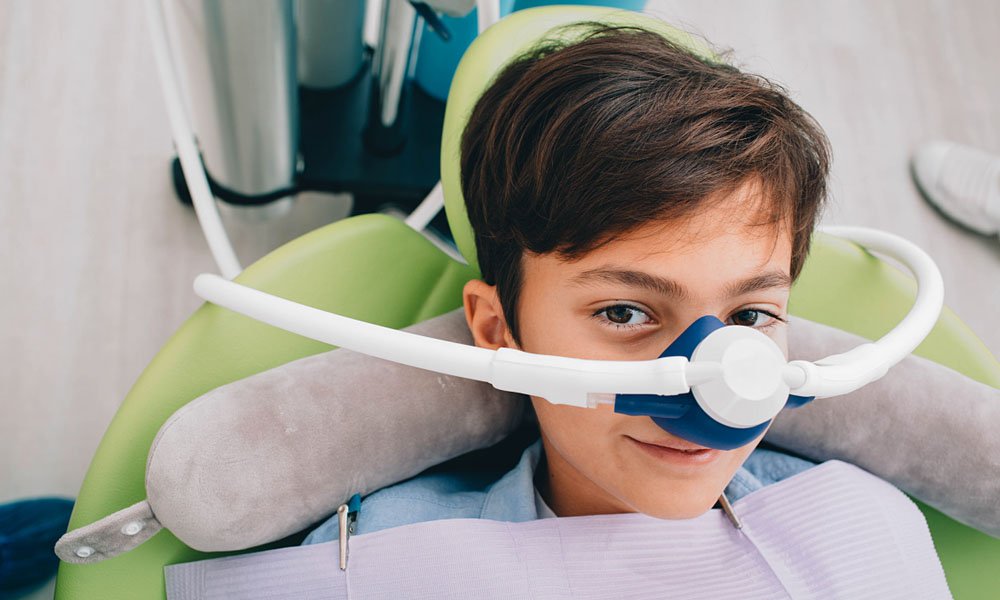Anesthesia workstations watch and maintain a person’s respiratory health during procedures. They provide oxygen while also monitoring CO2 levels and vital signs. It also provides the correct amount of analgesic medication needed for surgical procedures.
Sedation and anesthesia are both used for surgical procedures. They vary in the level of consciousness a patient has. Read on to learn more about sedation vs anesthesia and when each gets used.
Table of Contents
What is Sedation?
Sedation puts patients in a sleep-like state during medical procedures. They may still respond to external stimuli but are unaware of their surroundings. There are three main types of sedation with varying levels of consciousness.
Minimal Sedation
With minimal sedation, patients feel drowsy and relaxed. Patients will still respond to verbal stimulation. The cognitive function and coordination of a patient may be impaired.
Minimal sedation does not affect breathing or cardiovascular function. It gets used to relieve anxiety during a procedure. Normal levels of consciousness are maintained during minimal sedation.
Moderate Sedation
Moderate sedation is also referred to as conscious sedation or procedural sedation. With this type of sedation, patients are semi-conscious. They can breathe without help and respond to stimuli.
After moderate sedation, the patient is easy to awaken. They are also able to respond to tactile stimulation. Cardiovascular function is also unaffected by this type of sedation.
Dissociation is a form of moderate sedation. With this, the brain will not receive sensory stimuli. The patient dissociates from their surroundings.
Deep Sedation
During deep sedation, the patient is almost unconscious but responds to repeated, painful stimuli. There may be a need for assisted breathing but the cardiovascular function remains unaffected. The patient is not easily awoken.
What is Anesthesia?
General anesthesia is a drug-induced loss of consciousness during a surgical procedure. During general anesthesia, the patient is unconscious and will not respond to any painful stimuli. Patients need breathing help and cardiovascular function may be affected.
Patients under general anesthesia will not hear, feel, or remember anything from their medical procedure.
When to Use Sedation vs. Anesthesia
Sedation is often used by experts like the best dentist in Denison for dental procedures such as filling cavities, tooth extraction, or dental implants. It is also used for some medical examinations like colonoscopy, endoscopy, or bronchoscopy. Sedation is also used during minor surgical procedures like:
- Biopsies
- Minor bone fracture surgery
- Minor skin surgery
- Vasectomy
General anesthesia gets used for major medical procedures. Certain procedures make general anesthesia the choice of physicians. These procedures:
- Take a long time
- Affect breathing
- Expose a patient to a cold environment
- Involve a major organ like the brain or heart
- Open the abdominal cavity
- Include a large area of the body
- Have major blood loss potential
What is an Anesthesia Machine?
An anesthesia machine provides oxygen, ventilation, and anesthetics to patients undergoing painful procedures. They are the main component of every operating room. They perform many functions and watch a patient during surgery.
To assure that your machine is in working order, you will need anesthesia machine repair and maintenance. It will ensure that your patients get the best care and outcomes from procedures. It also keeps your machines running at their best for longer.
Any machine with a rebreathing circuit must get inspected and serviced by an authorized anesthetic machine service provider each year.
Sedation vs Anesthesia Guide
Sedation and anesthesia are both used for medical procedures. The main difference between sedation vs anesthesia is the level of consciousness of the patient. General anesthesia renders a person unconscious while sedation reduces consciousness.
Anesthesia machines need maintenance and repair each year. This ensures they are at their best for every procedure.
If you found this article helpful, you can find more like it on our website!
